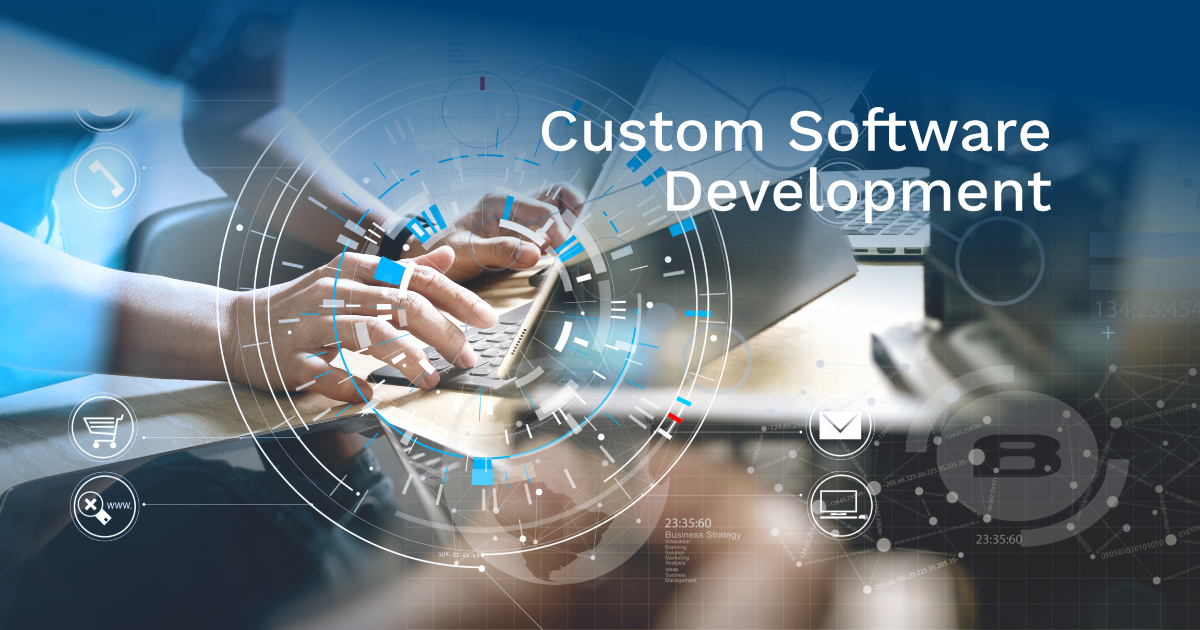In today’s digital-first world, businesses can no longer rely solely on off-the-shelf solutions to meet their unique needs. Every organization has its own workflows, customer expectations, and growth strategies. That’s where custom software development comes into play—helping companies translate ideas into robust, scalable, and tailored digital solutions.
Whether you’re a startup building your first product or an enterprise optimizing operations, understanding the lifecycle of a custom software project is crucial. As a custom software development company in London, we’ve seen how a structured approach ensures efficiency, innovation, and success. Let’s walk through the journey—from concept to code.
1. Ideation and Requirement Gathering
The lifecycle begins with a clear understanding of the client’s vision. This stage focuses on:
- Identifying business objectives.
- Gathering requirements from stakeholders.
- Understanding target users and their challenges.
- Analyzing competitors and existing solutions.
For example, a retail business may need a custom ERP solution to unify inventory, sales, and customer management. A software development company in London will collaborate closely with clients to ensure the software concept aligns with both short-term goals and long-term growth.
2. Feasibility Study and Planning
Once the idea is clear, it’s time to assess feasibility—technical, operational, and financial. This stage involves:
- Technology stack selection (e.g., cloud-native, mobile-first, or AI-enabled).
- Resource planning.
- Timeline and budget estimation.
- Risk analysis.
Planning sets the foundation. Custom software development companies in London often use Agile or hybrid models to allow flexibility and adaptability during development.
3. UI/UX Design
Before writing a single line of code, design comes into play. UI/UX ensures the software is intuitive, engaging, and aligned with the brand.
- Wireframes and prototypes help visualize the flow.
- User testing ensures usability.
- Modern design principles (responsive, accessible, and user-centric) are incorporated.
The design phase ensures your solution won’t just work but will delight end users. That’s why businesses often partner with the top software development company in London for cutting-edge design expertise.
4. Development (Turning Ideas into Code)
This is where concepts take shape. Developers translate designs and requirements into working software. Depending on the project, this may involve:
- Backend development (databases, APIs, servers).
- Frontend development (interfaces, dashboards, apps).
- Integration with third-party tools or existing systems.
- Building security protocols and scalability features.
Agile sprints ensure continuous progress, with feedback loops at every stage. Partnering with the best software development company in London ensures that coding is efficient, secure, and future-proof.
5. Testing and Quality Assurance
Quality is non-negotiable. Rigorous testing ensures the product is bug-free, secure, and performs well under real-world conditions.
- Unit testing for individual modules.
- Integration testing to check interactions between systems.
- User acceptance testing (UAT) for client validation.
- Performance, load, and security testing.
This phase ensures the software is reliable, compliant, and ready for launch.
6. Deployment and Launch
After successful testing, the software is deployed to production. Cloud platforms like AWS, Azure, or GCP are often used for scalability and performance. Deployment involves:
- Configuring environments.
- Migrating data securely.
- Ensuring minimal downtime.
- Training client teams.
A custom software development company in London ensures a smooth transition, so businesses can immediately benefit from their new system.
7. Post-Launch Support and Maintenance
The lifecycle doesn’t end at deployment. Continuous support is critical for long-term success. Maintenance includes:
- Monitoring performance.
- Bug fixes and security updates.
- Adding new features based on evolving needs.
- Scaling infrastructure as user demand grows.
This ongoing support ensures your investment continues to deliver value.
Why Partner with a London-Based Custom Software Development Company?
London is a global tech hub, home to some of the most innovative custom software development companies in London. Choosing the right partner means gaining access to:
- Experienced developers familiar with global markets.
- Cutting-edge technologies.
- Agile delivery models.
- Proven track records across industries.
Whether you’re seeking the best software development company in London , the right partner can transform your business vision into reality.
Final Thoughts
The journey from concept to code is not just about building software—it’s about creating a digital solution that drives growth, efficiency, and innovation. Every stage, from ideation to support, plays a crucial role in ensuring success.
If you’re ready to embark on this journey, choose a trusted custom software development company in London that can guide you every step of the way. With the right team, your idea won’t just remain a concept—it will become a powerful, working solution tailored to your business.




